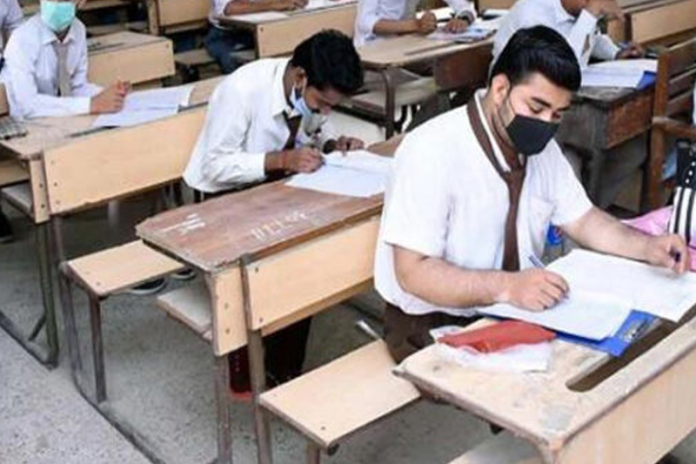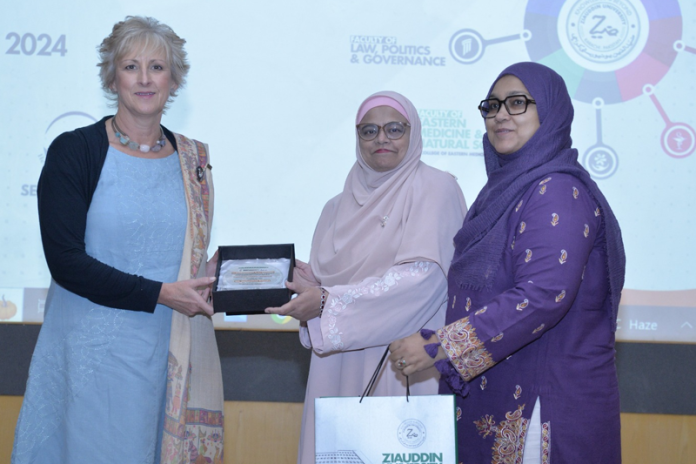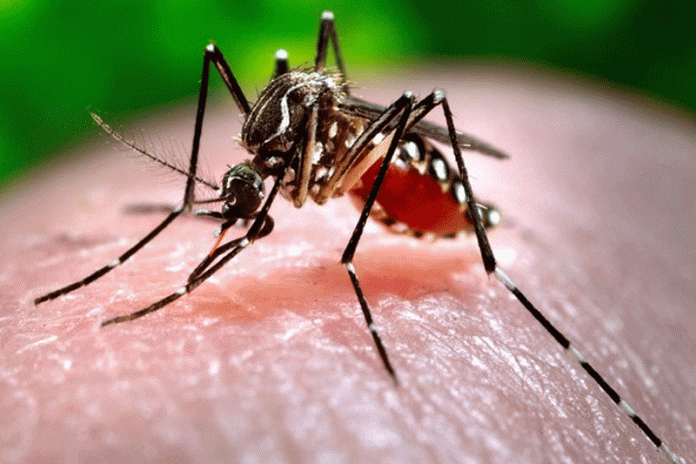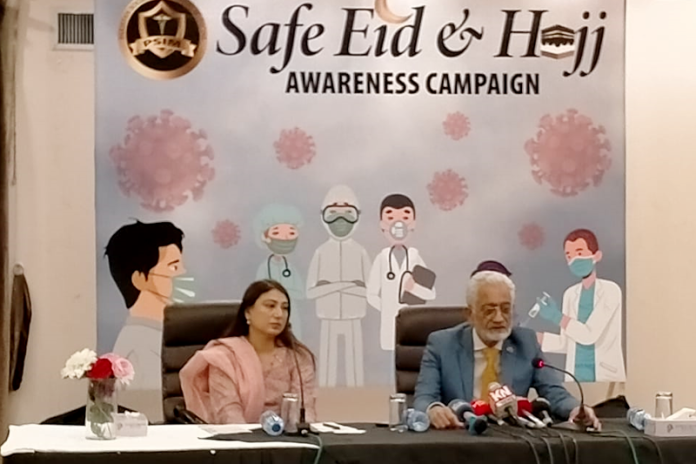Tackling the crisis: An in-depth look at child abuse across Pakistan
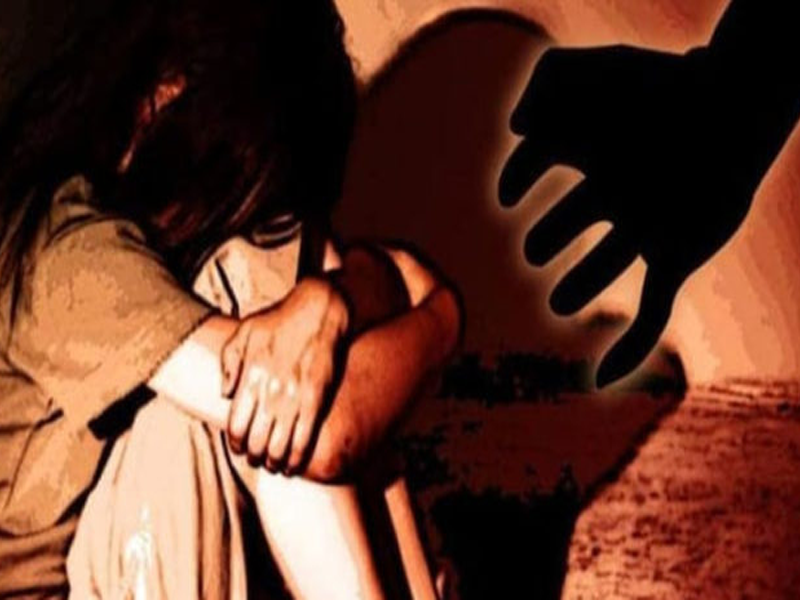
- 249
- 0
Child abuse is a significant and distressing issue in Pakistan, affecting countless children across the country.
Despite efforts by various organizations and government bodies, the prevalence of abuse remains alarmingly high, highlighting a critical area of concern for societal and governmental intervention. Recent data indicates that child abuse cases are on the rise, with reports suggesting that hundreds of thousands of children experience various forms of abuse each year. In Pakistan, child abuse manifests in multiple forms, including physical abuse, emotional abuse, sexual abuse, and neglect. Physical abuse involves hitting or inflicting harm on a child, while emotional abuse includes verbal assaults, rejection, or manipulation. Sexual abuse encompasses any non-consensual sexual activity with a child, and neglect refers to the failure to provide necessary care, such as food, education, and medical attention. Each form of abuse leaves lasting scars on a child's mental and physical health, impacting their future well-being and development.
The prevalence of child abuse in Pakistan is influenced by a range of factors, including socioeconomic conditions, cultural norms, and inadequate legal protections. Many children in lower-income families are particularly vulnerable to abuse, often due to economic pressures, lack of access to education, and insufficient support systems. However, abuse is not limited to any specific socioeconomic group and can occur across all layers of society. Efforts to combat child abuse in Pakistan involve various strategies, including prevention, intervention, and support mechanisms. Organizations such as the Child Protection and Welfare Bureau and various NGOs work tirelessly to raise awareness, educate the public, and provide support services for victims. These efforts are crucial in fostering a greater understanding of abuse and encouraging communities to take proactive steps in safeguarding children. Additionally, the government has introduced legislation aimed at protecting children, such as the Sindh Child Protection Authority Act, which seeks to provide a framework for child protection and welfare. Despite these efforts, significant challenges persist. Many cases of child abuse go unreported due to fear of social stigma, lack of awareness about legal rights, and distrust in the justice system. Moreover, enforcement of child protection laws can be inconsistent, and resources for child welfare services are often limited.
Addressing these challenges requires a coordinated approach involving government agencies, community organizations, and the general public. Policy reforms, increased funding for child protection services, and enhanced training for law enforcement and judicial officials are essential steps towards creating a more effective system for addressing child abuse. Raising awareness about the signs of abuse and the importance of reporting suspected cases is also crucial in ensuring that more children receive the protection they need. Ultimately, addressing child abuse in Pakistan demands a united effort to protect the nation's most vulnerable members. By fostering a culture of awareness, improving legal frameworks, and enhancing support services, Pakistan can work towards creating a safer environment where every child has the opportunity to thrive without fear of harm.






















